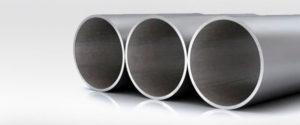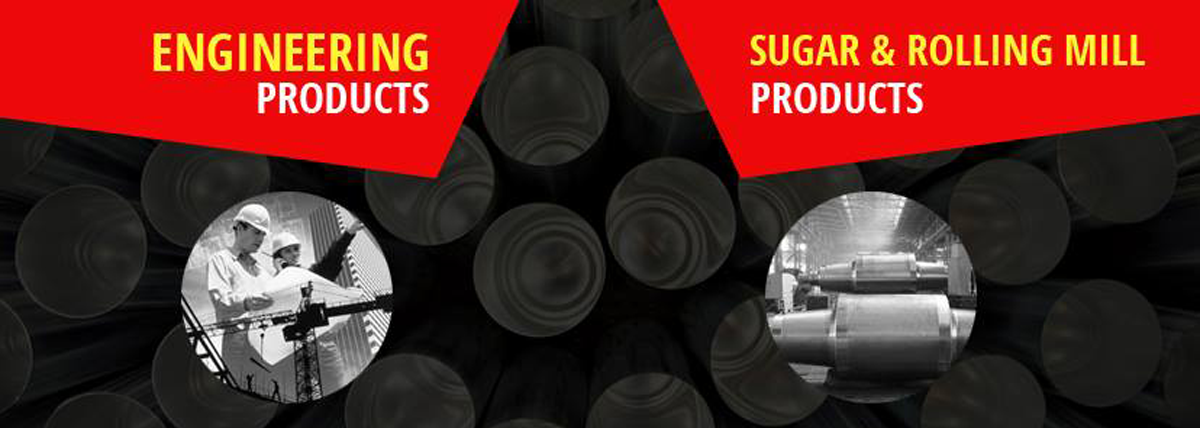
Flanges are a medium for connecting pipes, valves, pumps and other components in order to develop a system of pipes. You can either weld them or use screws. Varied types of flanges made in varied materials are available in the market to suit the needs of varied applications.
There are several varieties like Threaded flanges, Lap-joint flanges, Slip-on flanges, Blind flanges and the Welded flanges that find great use in several industries like petroleum, chemicals, oil and gas, power generation, fertilizers etc. The materials used in their manufacture include low carbon steel, stainless steel, low-alloy steel, high-alloy steel, non-ferrous steel depending upon the service equipment. Bronze, plastic, aluminum are also used as materials for the making of pipe flanges. Carbon steel is iron based and is commonly used for forgings. A high level of toughness and greater resistance to impacts make this a popular choice for many high stress applications. Oil rig parts, bushings, mining equipment, machinery components are some of the applications where carbon steel forged flanges are used. Their primary application lies in the oil and gas industry though they play an equally vital role in other applications too.
Another important usage of carbon steel is in the making of ‘casing spacers’ that is utilized in encasement pipes. Casing pipe suppliers stock ‘casing spacers’ that help in mounting and spacing the utility lines within the steel casing pipes or the encasement pipes. This form of pipes is generally used for protecting varied type of utility lines that run below the ground. There are normally no set specifications for the steel casing pipe but they have to be concentric and straight. In some places, specific specification like the A.S.T.M. 139 Grade B may be called for. The standards for minimum tensile strength and yield are specified in addition to specifying the accepted limits of concentricity and straightness. In most of the cases, ASTM A-252 is the structural grade material that is referred for the steel casing pipe. The inspection needs for this grade are less severe, hydrostatic testing is not needed and besides it is less costly as compared to the API 5 L varieties. Pipes that are previously used as natural gas line pipe which has been salvaged in pretty good condition can be employed as casing pipes as long as no standard specifications are asked for the application.
However, the standards for API 5 L varieties are being specified by the American Petroleum Institute as these are used as pipelines for transporting liquids and gases in the Oil and Gas industry. Some of the pipes are known as API 5L Gr B pipes, API 5L Gr X52, API 5L Gr X42 and so on. The names of the grades are A, B, A25 and a series of grades in X like X42, X52, X46, X56, X65, X60, X80 and X70. The numerals that follow alphabet ‘X’ stand for the pipe’s minimum yield strength in 000’ psi. All the relevant suppliers including the API 5L Gr X52 pipes suppliers will explain the specification details.
Pipes and flanges are two vital components of varied pipeline systems.

